風水內外

外巒頭總括不離四大範圍,龍穴砂水。
龍即山脈,大至太祖山、少祖山、列祖山,近至入首山、父母山等都為氣之所乘。
穴即行龍至平洋前所起之丘頂,結穴為氣之所結。結穴可分直龍結穴、橫龍結穴、高山結穴、平洋結穴、回龍結穴等,名稱大都因它形態而來。砂即形狀細於山龍者,即右青龍左白虎,後玄武等。砂首為氣之拱護。水有朝水、橫水、聚水、順水等不同形狀所組成的形態,無論為何局面,應當觀察水之能量聚於何處,為氣之所聚。
內巒頭以陽宅為例,需跟卦氣星盤及外巒頭事物匹配。單其力量輕微,反之外巒力大未有內巒所配,其力亦受阻。
那陽宅之內巒一般是指單位或房屋之建築,廳房傢俱等佈置。譬如等同單位在上下不同樓層,如各有不同之內室佈置,便各自對外巒,星盤之引力便各有所異。所以內巒之佈局便可成為有效改變風水之途徑。
風水師在察看內巒佈局應比一般人看得較為深入。風水之用在虛在實、在動在靜、在高在低,原來在同一個佈置之住宅,可看出六種不同情形。
<例一> 高

<例二> 低
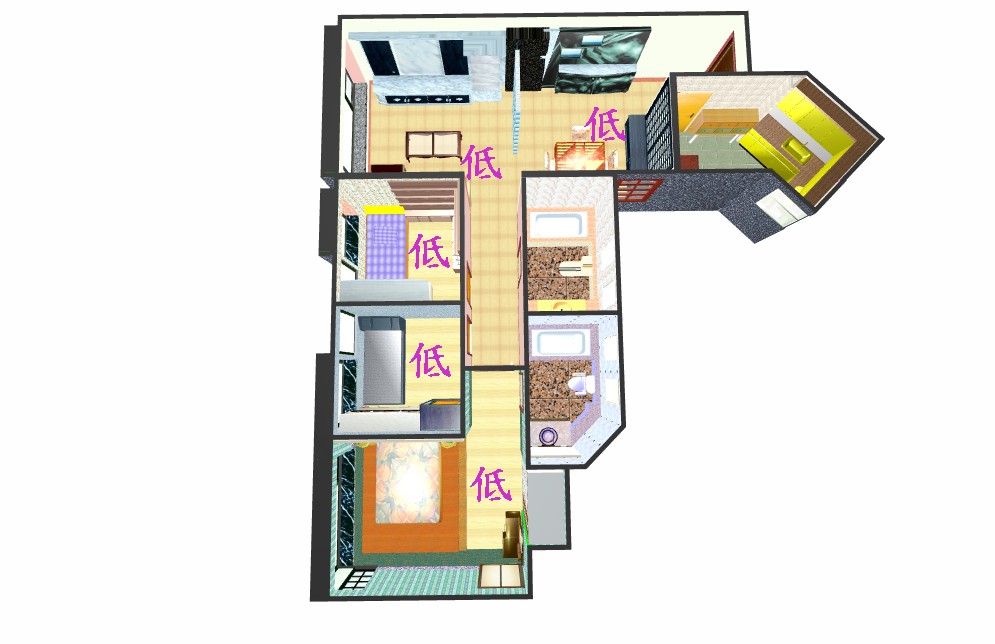
<例三> 靜
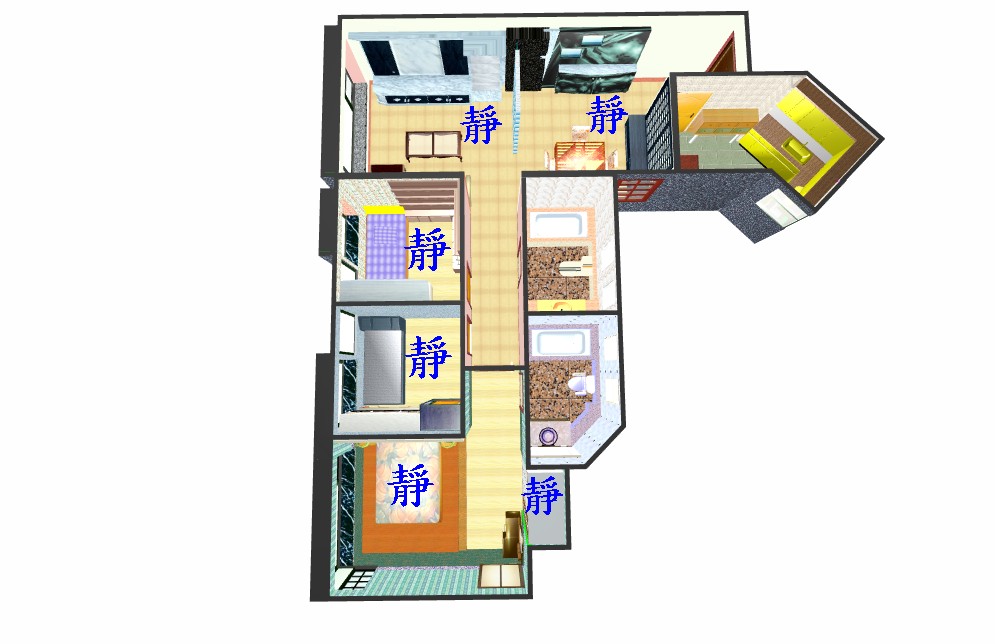
<例四> 動
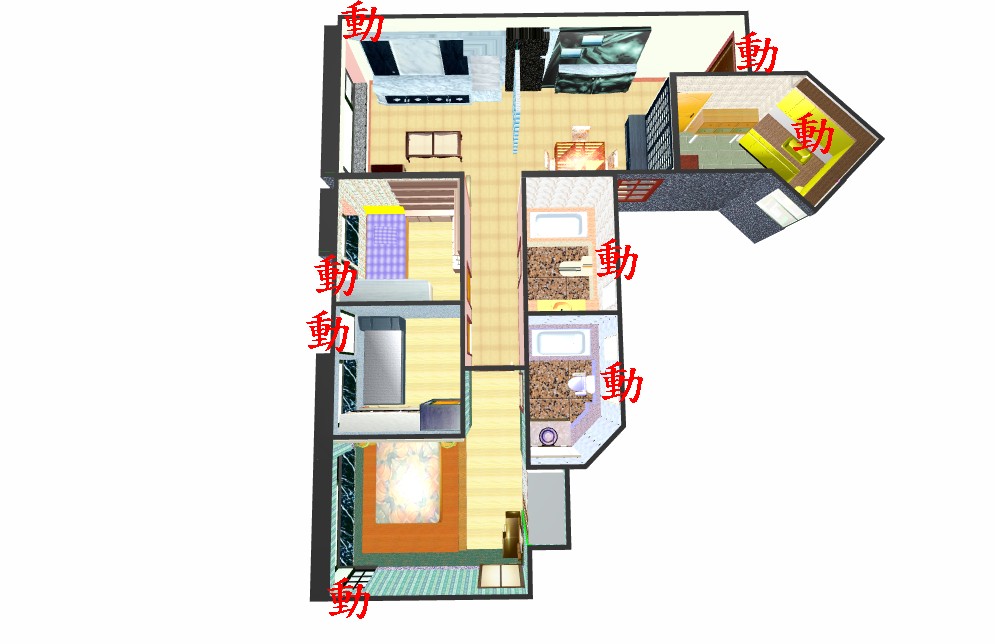
<例五> 實
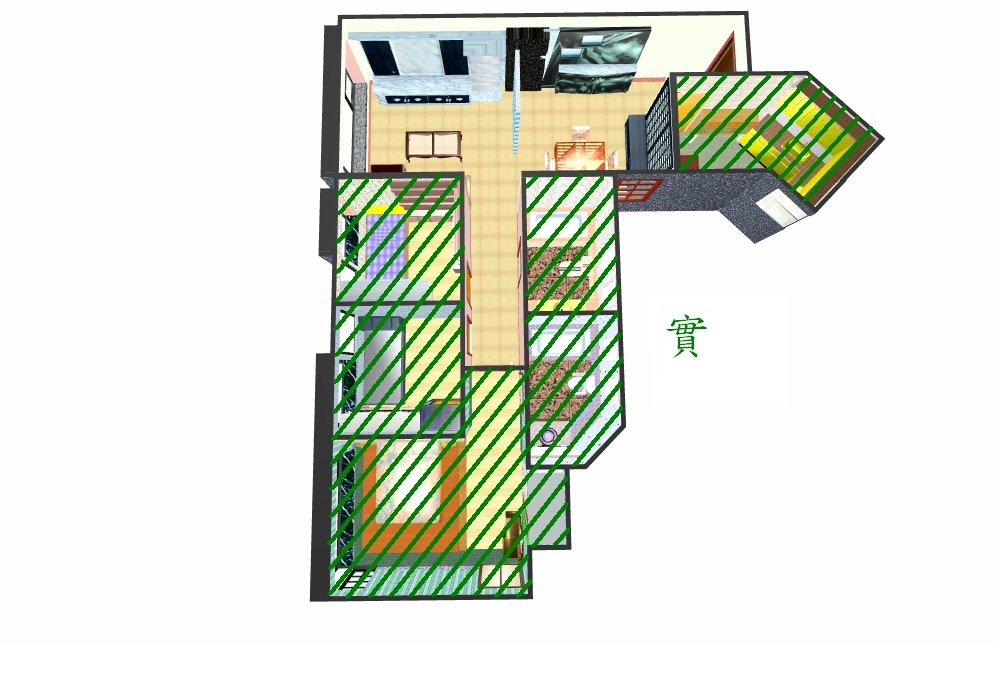
<例六> 虛

當這六種形態配上這宅之飛星盤後,八宮之飛星便受到不同之呼應。
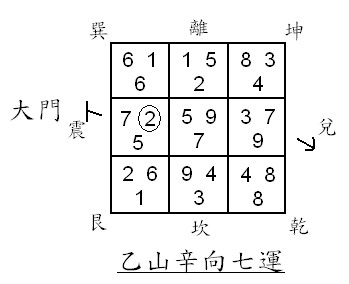
例:如震宮二黑向星剛落在大門之動、虛、低位,便受催動,病星得力。
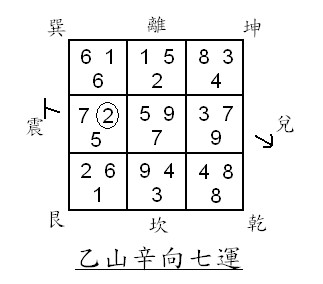
例:如震宮二黑向星有大櫃之靜、實、高,便受到控制,病星失勢。
當外巒事物不易被改變時,內巒佈局拍應便變得至為重要。
External and Internal Environment
In ancient literatures, the external environment includes four types of landform: dragon, lair, sha and water.
Dragon
Dragon is referred to as the mountain ranges. It carries Qi and allows the Qi to travel along. It starts from the gigantic mountains thousands of miles away. They are known as the greater progenitor-mountain, lesser progenitor-mountain or the array of progenitor-mountain. When they become visible to the horizon, they are known as the incoming mountain or parent-mountain.
Lair
Lair is where Qi condenses and exerts it maximal effect. Before the mountain merges with the plain, it pops up and forms a round-top mound. This is where the lair lies. The lair may be at the front edge of a spur or at its side. It may also be located high up at the mountain, on the plain, or lie facing backward to the mountain array.
Sha
Sha protects Qi from dispersal. They are the spurs on either side of a gravesite. The one on the left hand side of the tomb is called the azure dragon. The one on the right hand side is the white tiger, and the black tortoise is at the back.
Water
Water allows Qi to accumulate. It presents in different shape and format. It may be a watercourse flowing towards the site, or flowing away from the site, or flowing across in front of the site. It may also be a pond in the front. Regardless of its format, its directional location in relation to the site is important.
Internal environment
The arrangement inside a house should be considered in conjunction with the distribution of various flying stars and the features in the external environment. The effect of internal environment alone is modest. On the other hand, without appropriate internal arrangement, the effect of external environment is also discounted.
The internal environment of a house generally refers to the architectural features and the arrangement of furniture in the living room and bedrooms. For the apartments on different levels, although they have the same directional location, each apartment would have its own internal arrangement. Therefore the result of interactions between the internal environment, external environment and their effect on the vital energies of the flying stars will be different. Adjusting the internal arrangement of a house ia an effective means to modify the feng shui of a house.
A Feng Shui master is usually more observant at the internal arrangement of a house. The nature of the space inside a house is classified as
(1) Whether it is enclosed or open, concrete or hollow;
(2) Whether it is agitated or quiet, in motion or still; and
(3) Whether it is high or low.
These features will affect the expression of the attributes of the flying stars at a particular location of the house. When it is impossible to change the landform in the external environment, adjusting the internal arrangement will become important.
For example, the facing star 2 is located at the Zhen palace of the house where the main door is situated. Therefore it is constantly in a state of motion, being open and low. The effect of star 2 will therefore be enhanced and it is more likely to cause illnesses to people living there.
On the other hand, the flying star 2 in the Zhen palace of this house is at where a wardrobe is located. The area is enclosed and is in stillness. Therefore its effect in causing illnesses is minimized.


